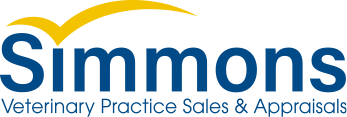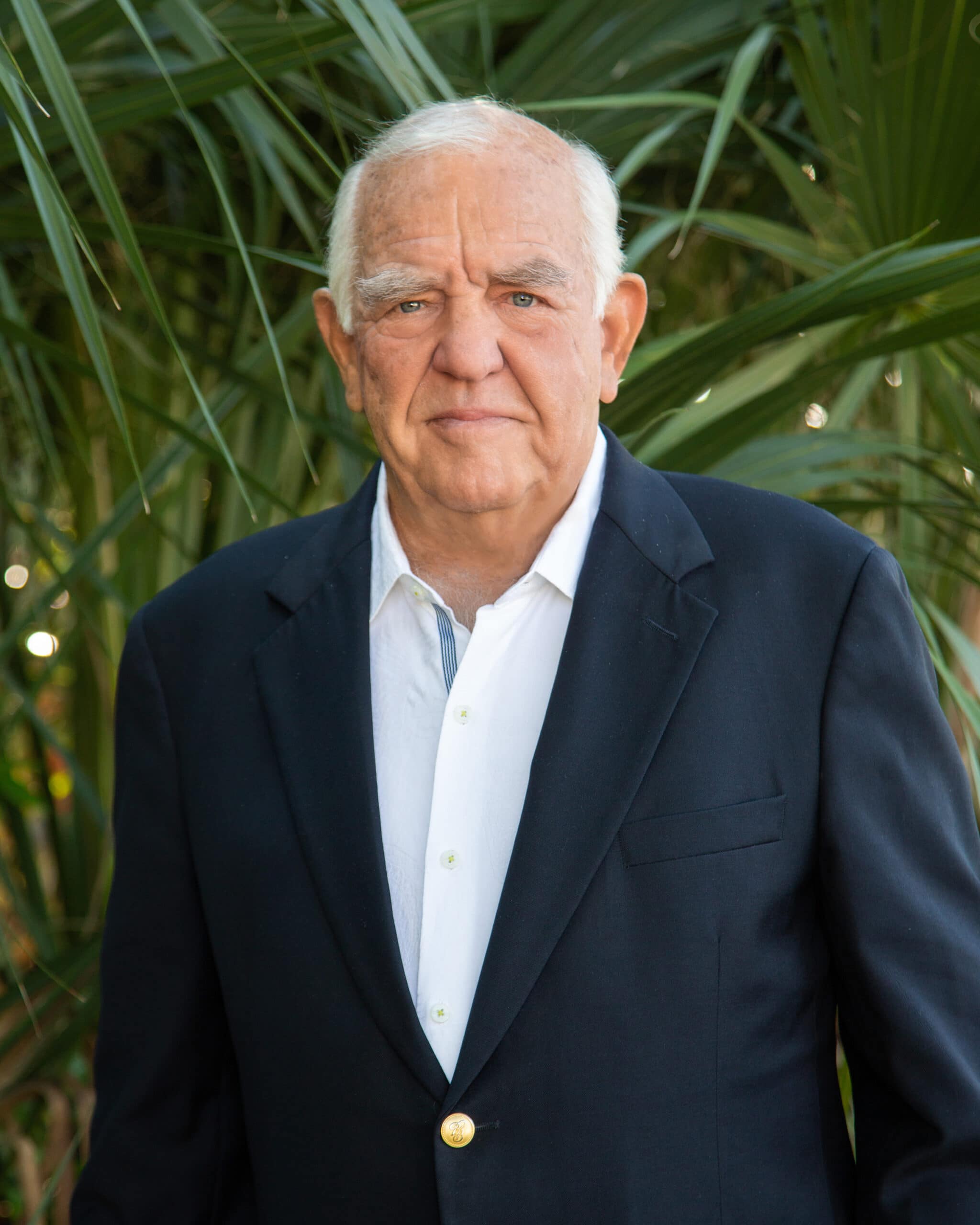A practice is grossing say $1.5M, offers quality service and medicine, high single-digit growth, primo demographics, and all the bells and whistles—the perfect veterinary practice, except for one key ingredient—profitability! After all the real and necessary annually recurring operating expenses, including professional staffing and management, there is very little leftover as a return on the investment.
Why are Low Earnings a Problem?
Although low earnings is not a new phenomenon, we’re seeing it more in practices of all sizes due to the increase in cost of goods and staff wages. While low earnings have always been a real problem in low-grossing practices, we typically do not expect higher-grossing practices to have low earnings. To the contrary, well-managed higher grossing practices (exceeding $1M) commonly earn in the high teens to low 20’s as a percentage of gross revenues.
To understand how this problem can occur, let’s review some simple and fundamental appraisal math. First, a veterinary practice’ earnings (or any other business’) are defined as that amount remaining after all true and reasonable operating expenses (as distinguished from capital expenses) have been met including a reasonable fair market salary for the managing chief of staff doctor, typically the owner. To say this another way, the earnings represent the return on the investment considered as if it were a cash investment.
Another way to conceptualize earnings is that the practicing veterinary owner of a practice receives income from two sources. The first is compensation as a doctor and this should be on a fair market basis just as an associate is paid, and the other income source is that by virtue of ownership, a return on the investment, otherwise known as profit or earnings. Note that if the practice owner also owns the real estate, they should receive a third income stream from the practice as rent to the landlord.
It is the earnings which almost entirely create the intangible asset “goodwill” value of a practice. The common factor of all income approaches to business value is capitalization of the earnings. To keep the concept simple, it is not uncommon to see veterinary practices appraising and selling for 4.3 to 5.6 times earnings (FYI, the reciprocal of the multiple is a capitalization rate of 23% to 18% respectively—- but beyond the scope of this article). This asset value and price would include all the functional, revenue-producing equipment, a reasonable going concern amount of drug and supply inventory, and all the goodwill.
Although it is not the purpose of this article to analyze the cause of the problem, but to identify it to the profession, quite simply the cause is that the expenses are not managed for profitability. High revenues are there, but so are high expenses. Although the excessive expenses may involve several culprits, the common problem areas seem to be in compensation to both support staff and associate veterinarians, COGS, and rent. One way to solve the DVM compensation issue is to ensure all associates are paid on production basis rather than a flat salary or hourly/daily rate. Support staff as a percent of gross revenues should typically range in the high-teens to mid-20’s more or less depending on the quality of service offered. COGS should be about the same range, though those with higher OTC and non-doctor revenue streams seem to have higher COGS expenses. A reasonable fair market return on real estate investment is about 7-10% of the real estate value depending on the local market and other factors. The lease should be triple net with tenant responsible for paying most of the R&M and all property taxes and insurance, and should be treated as an arm’s length transaction as if there are different owners of the practice and real estate. When the real estate value approaches or exceeds the practice’s revenues, we begin to see excessive rent eating into earnings.
The upshot of all this is that, while the high-grossing practice is generally expected to sell for a higher percentage of gross due to higher earnings, a practice with low earnings will be a value and price disappointment to its owner. Let’s say that all risk factors have been considered and the appraiser has determined a capitalization rate of 22% (4.5 times earnings) for each of two subject practices, Practice A and Practice B, each grossing $1.5M. Practice A is earning 21%, or $315K; Practice B is earnings 9%, or $135K.
Here’s the math:
Practice A: $315K X 4.5 = $1.418K (95% of gross)
Practice B: $135K X 4.5 = $608K (41% of gross)
Sadly Practice B’s value is a heartbreak and stunning blow to the latter owner, especially one looking ot sell in the near future. Better expense management is essentially the only solution to a higher value.
There is More to the Valuation of Veterinary Practices
Having said all this, I am referring here to fair market value achieved by standard means of an appropriate capitalization of earnings, not necessarily the price negotiated between a buyer and seller. While the actual price may not vary much from the value, there are mitigating circumstances that may lead a buyer to pay more. A great factor would be an attractive metropolitan location. Others may be the quality of equipment and services offered and the prospects of improving earnings with more efficient management policies or additional services being offered. Another may be a particular buyer’s incentive to pay more depending upon that buyer’s specific interests and motivations.
Nevertheless, the price must “cash flow” before a buyer can afford to pay for it and obtain financing.
Discover What Your Veterinary Clinic Is Worth with Simmons
At Simmons, we have more experience than anyone else in the industry on veterinary practice sales, purchases, and valuations—we even wrote the book on it. Our team is keenly aware of how important your practice is to you and the need for an accurate but easy business valuation process. Why not go with the experts in veterinary practice valuations? Our attention to detail and dedication to your success will go far beyond your expectations. Knowing the value of your practice opens the doors to financial and personal success for veterinary practice owners—make sure you do it right by contacting our team.



